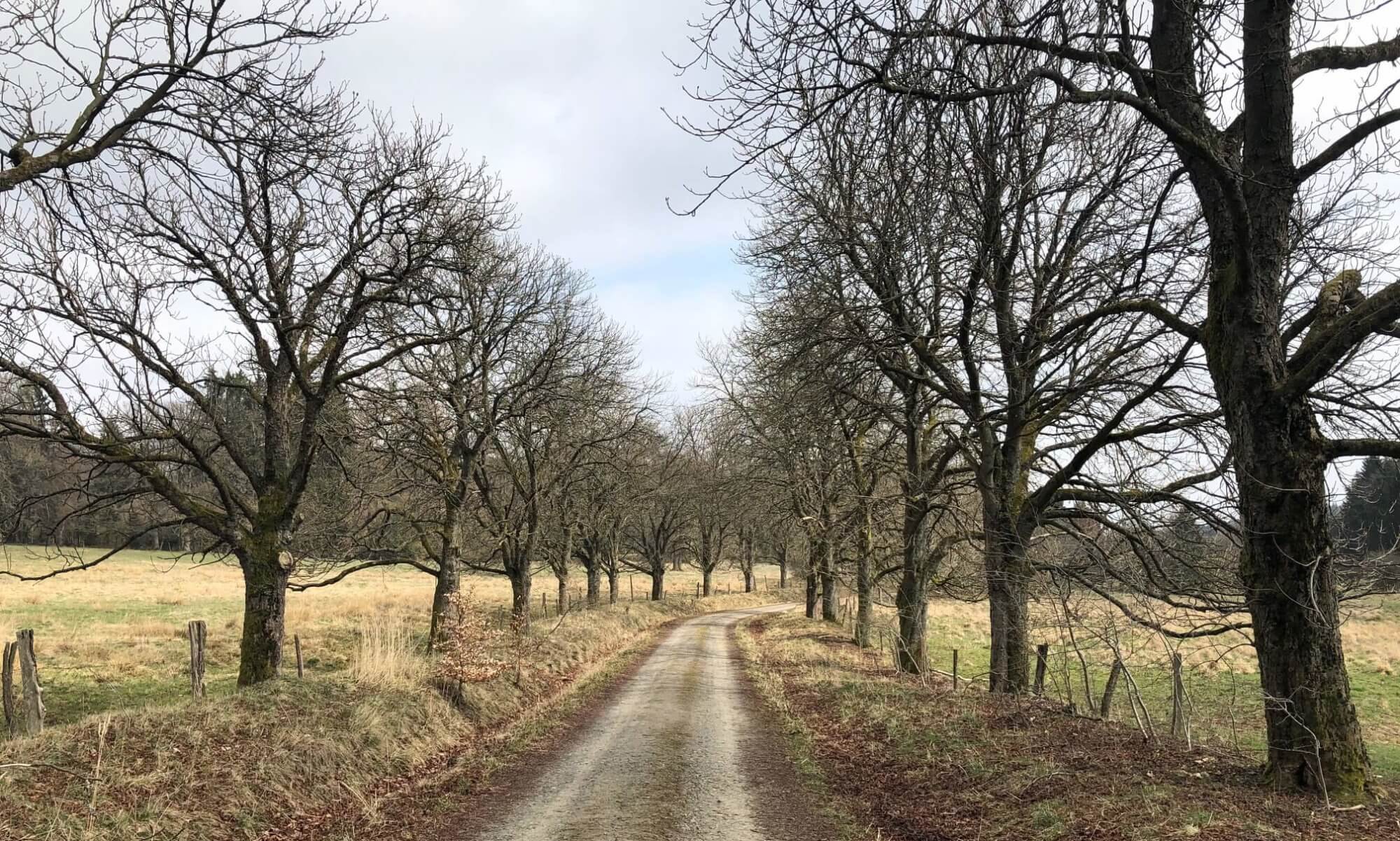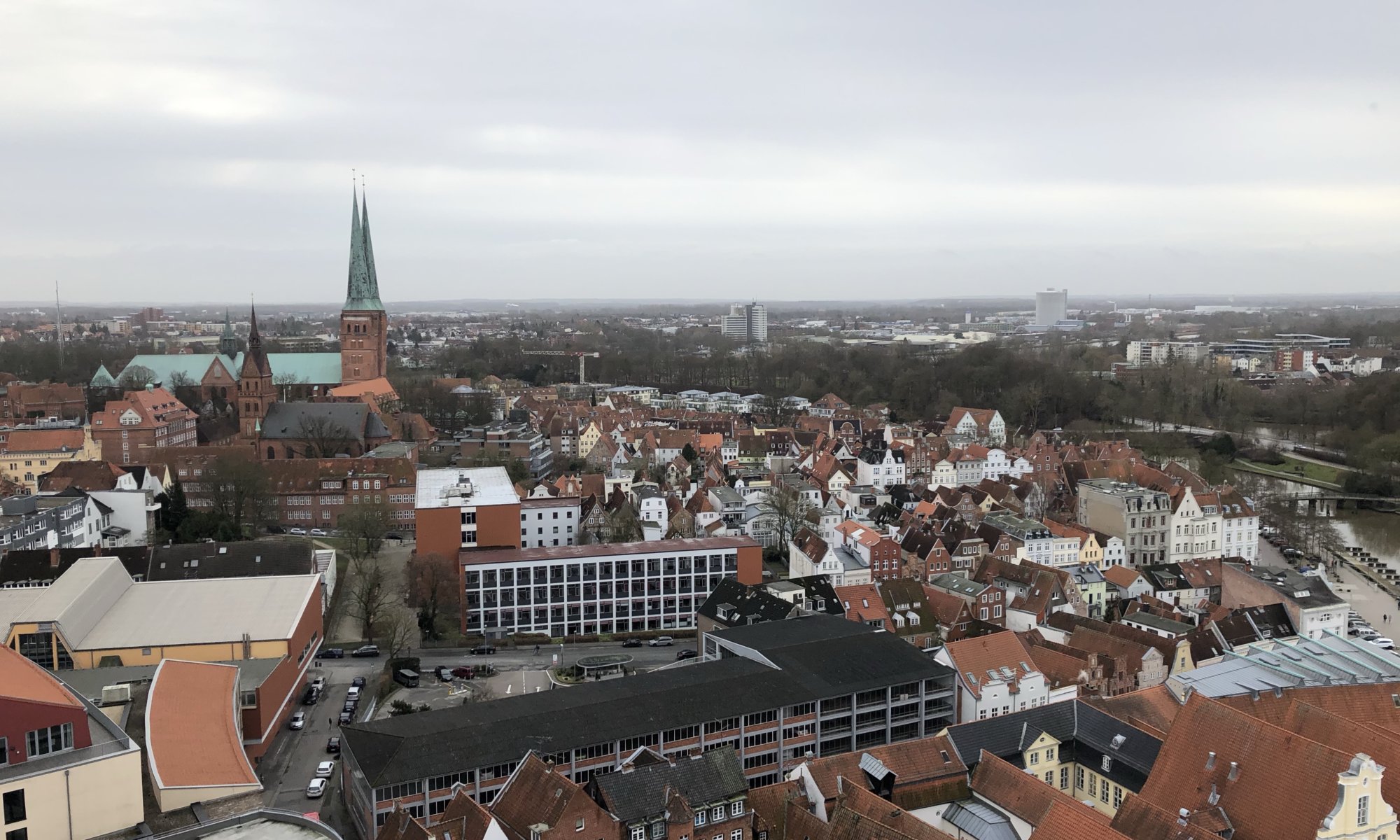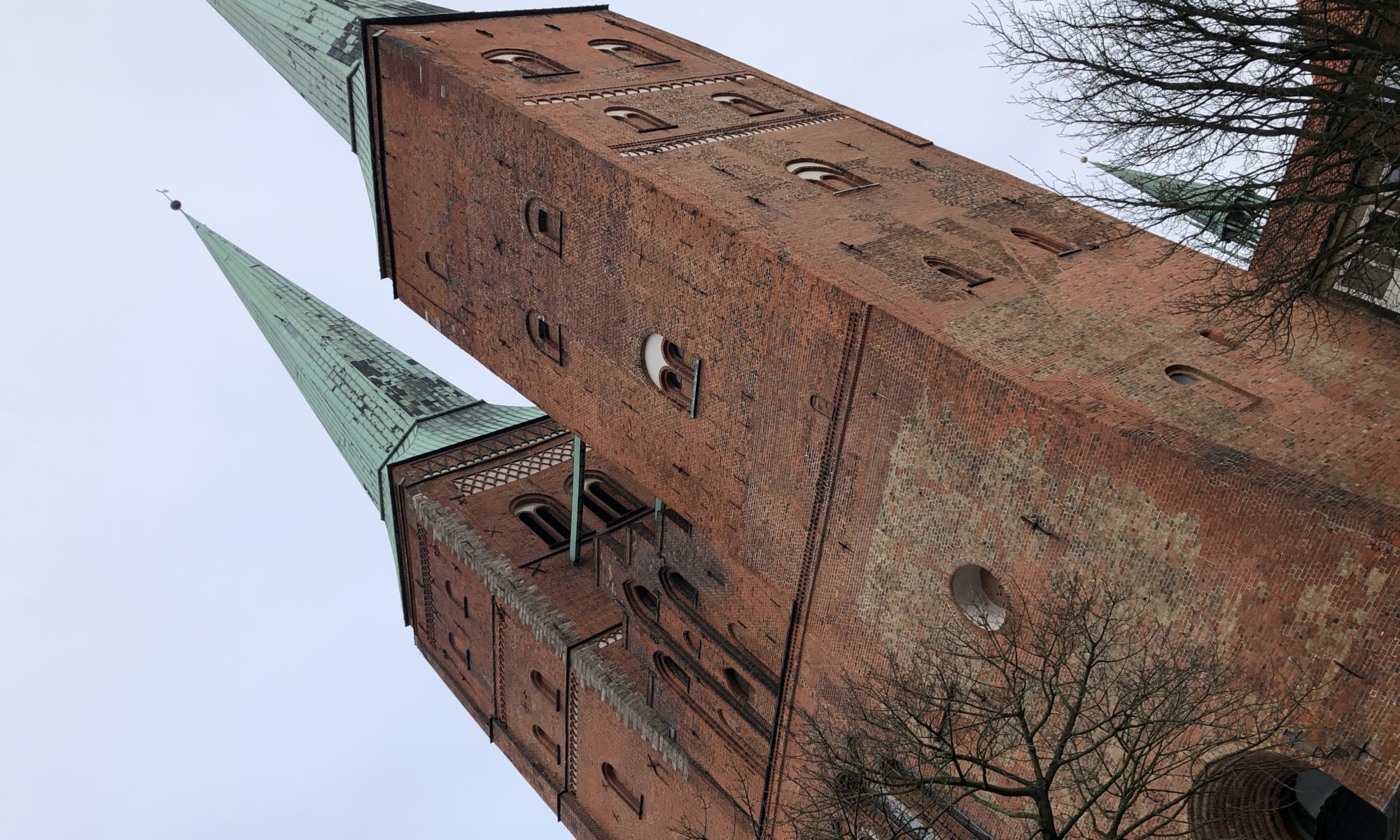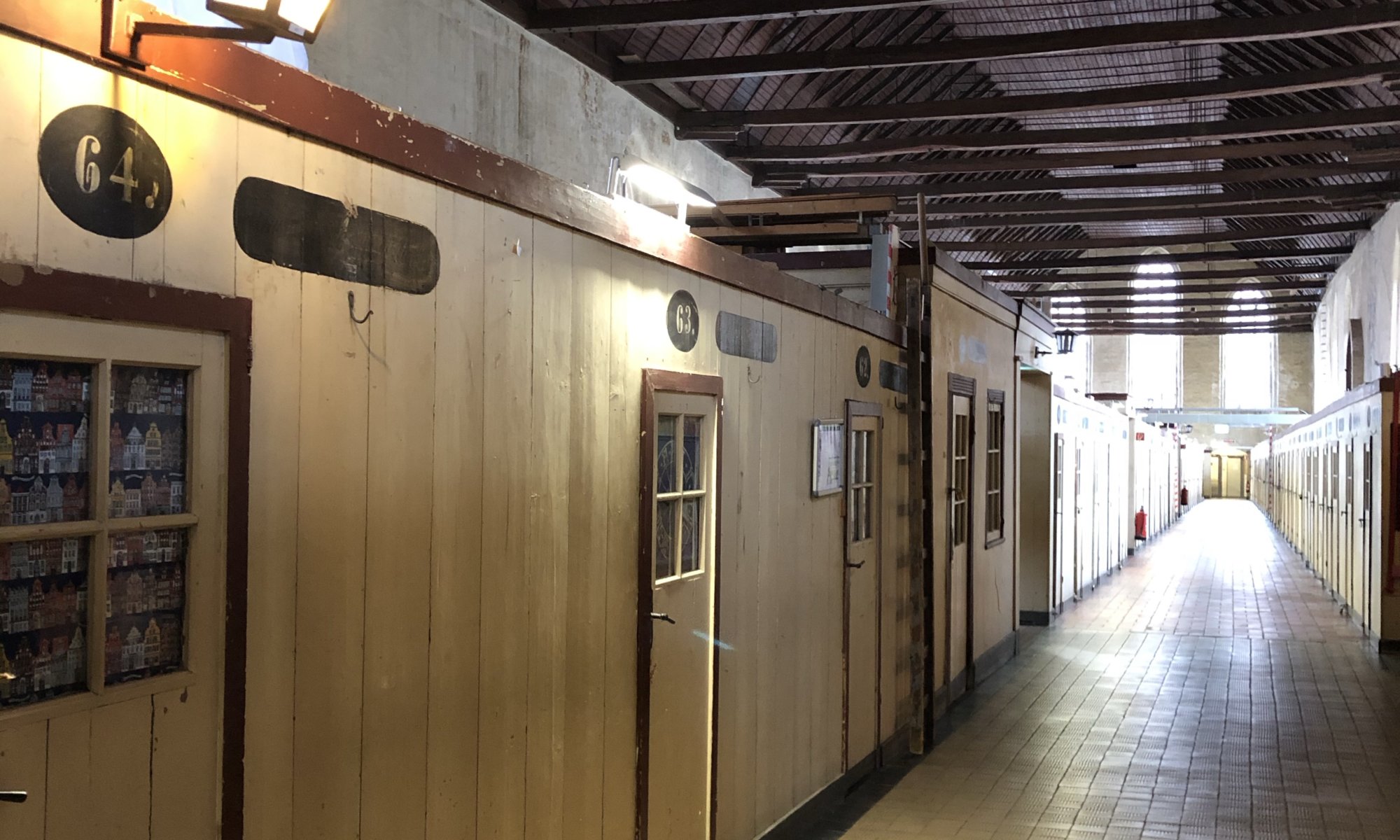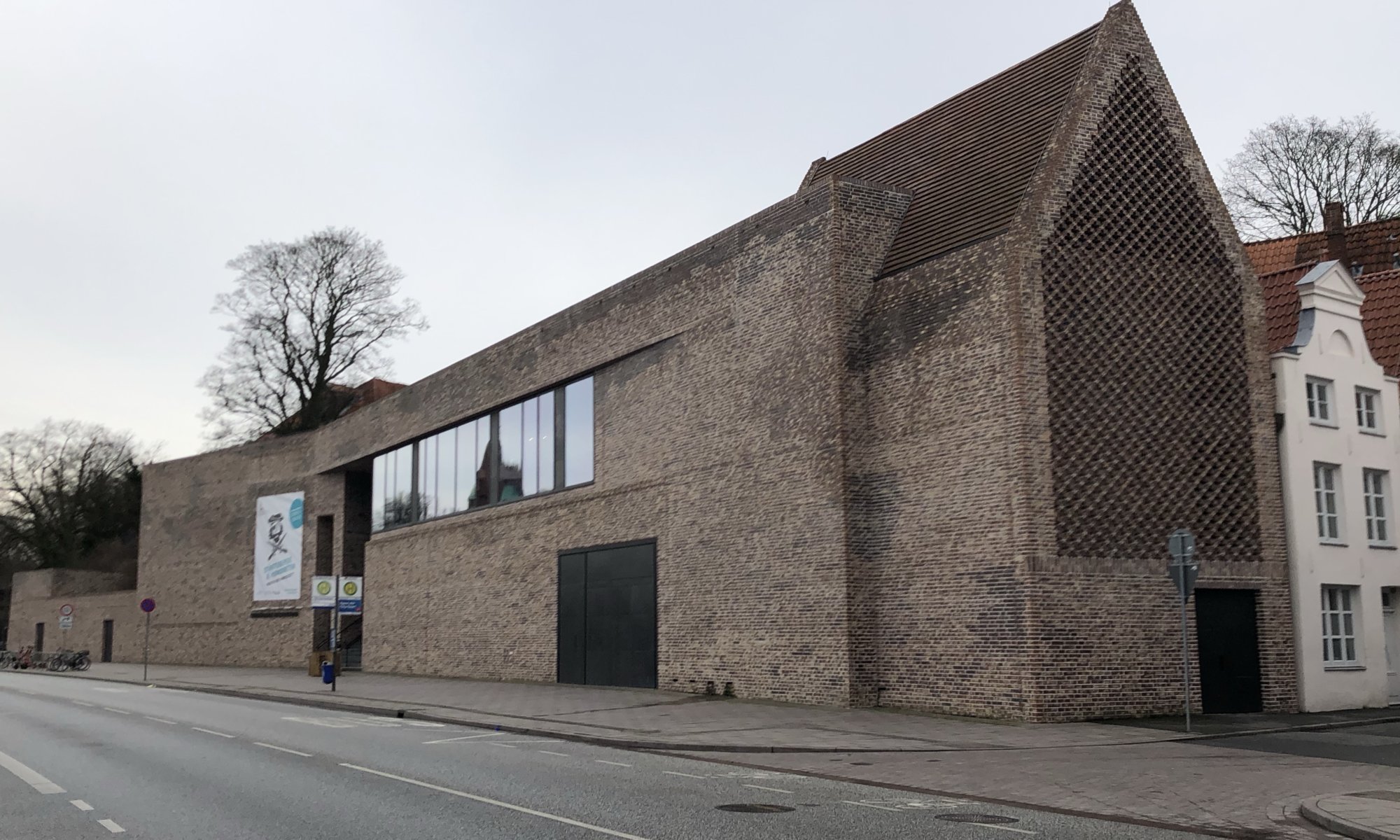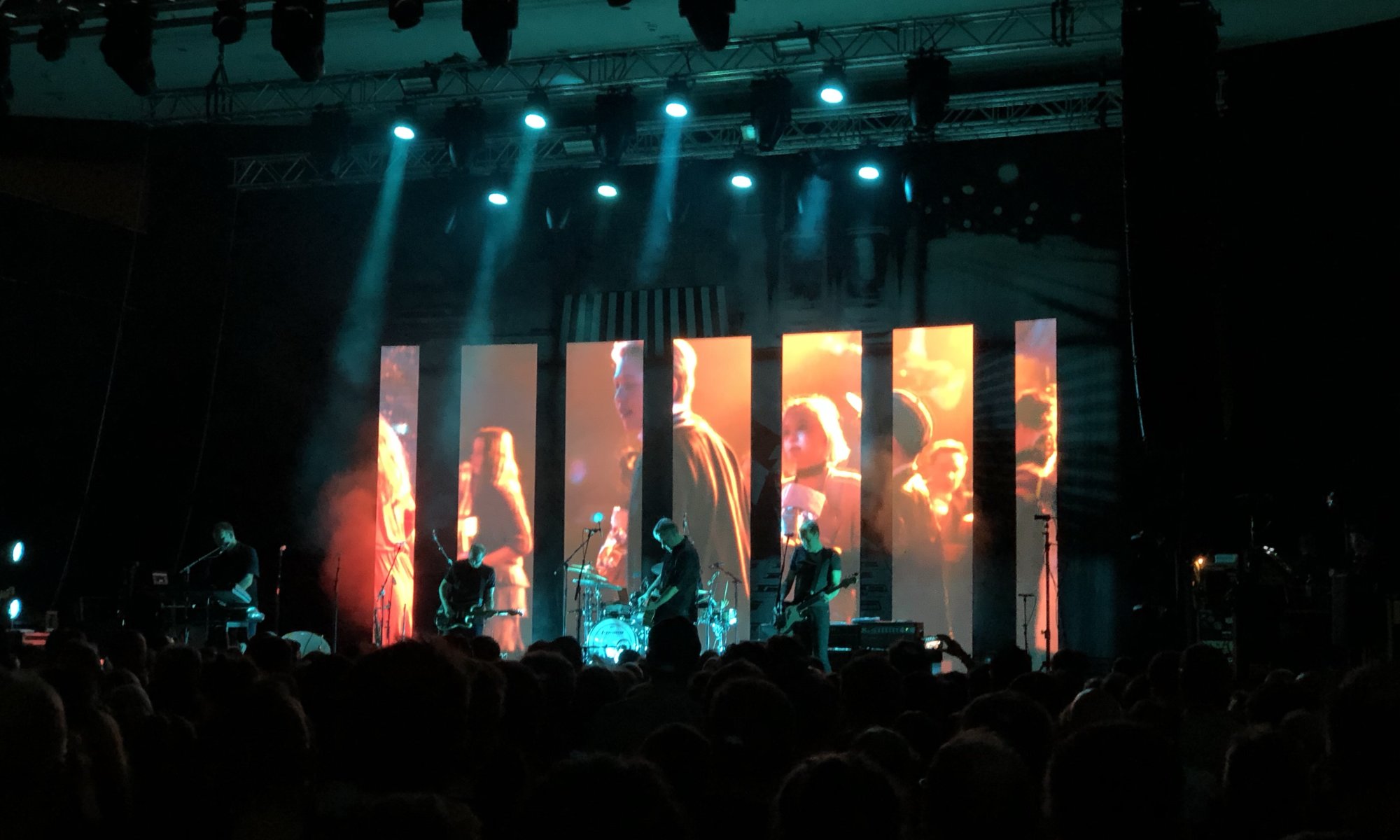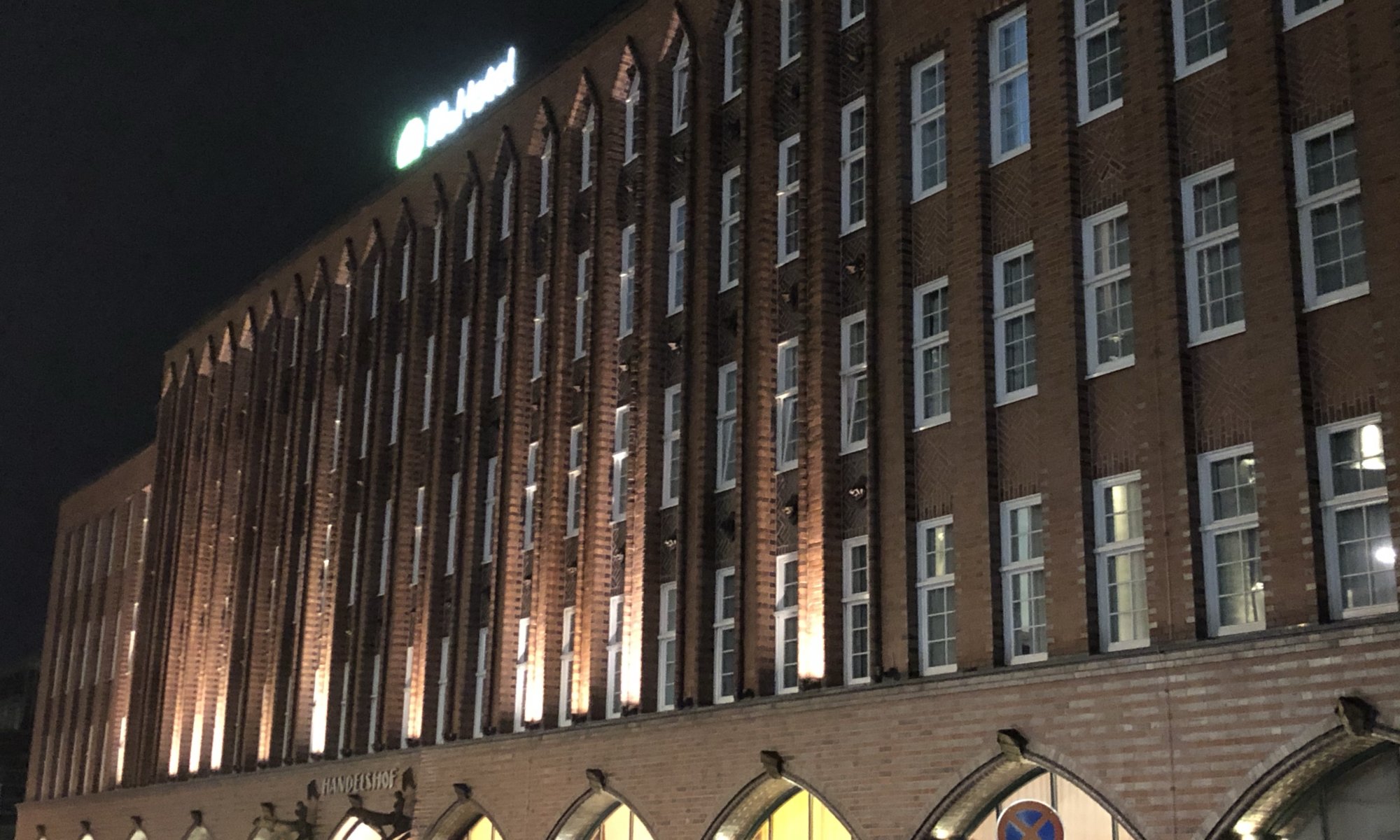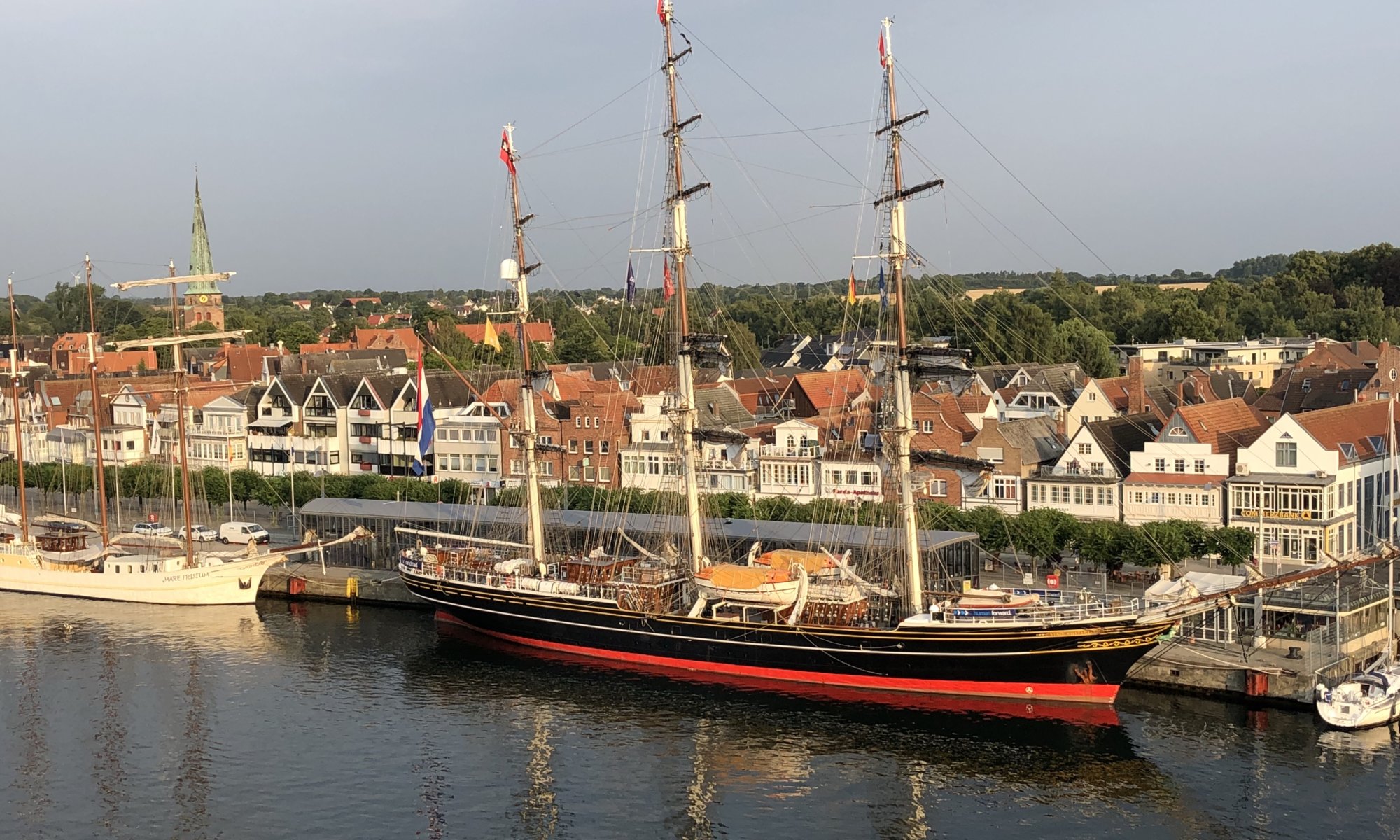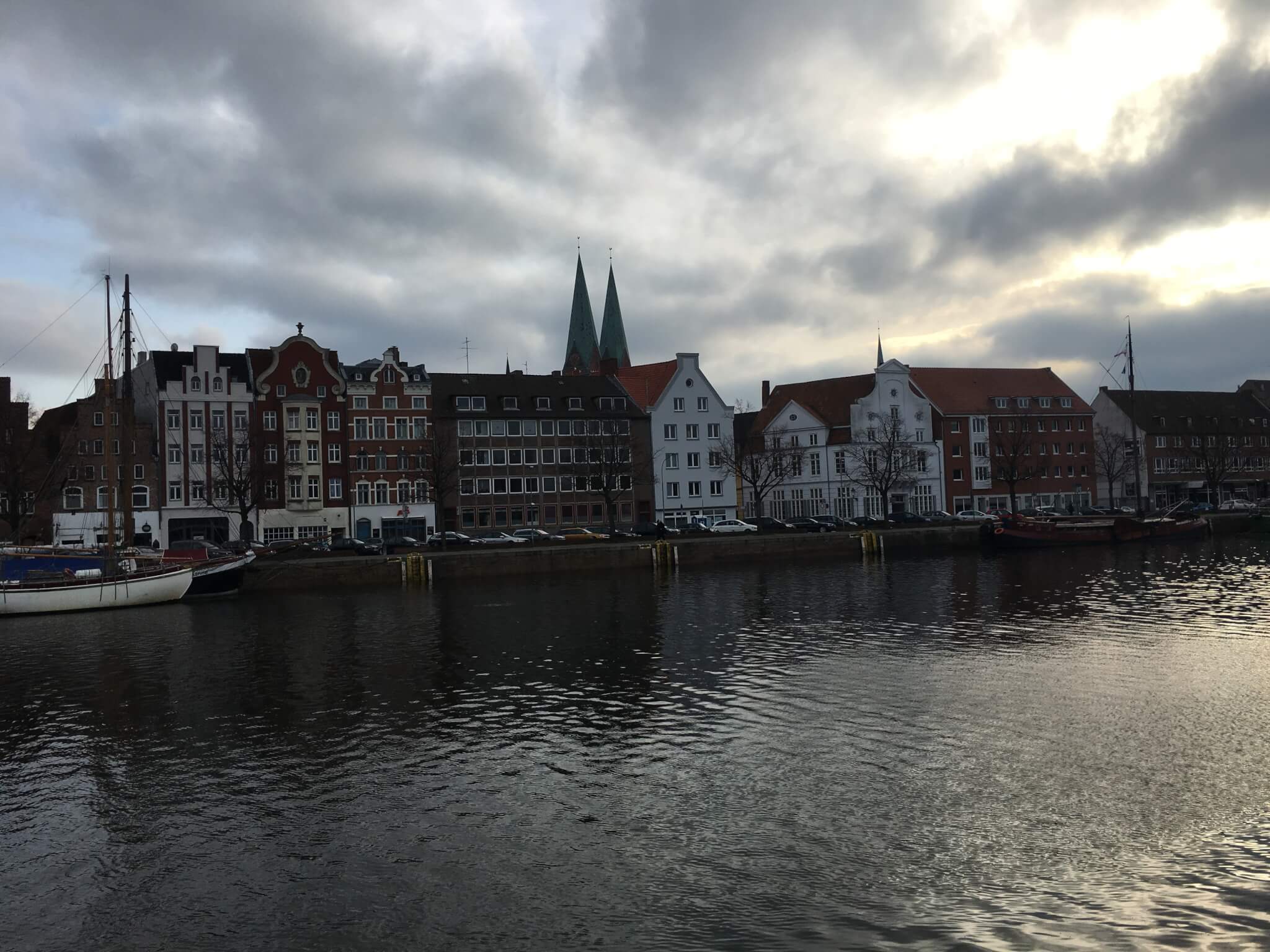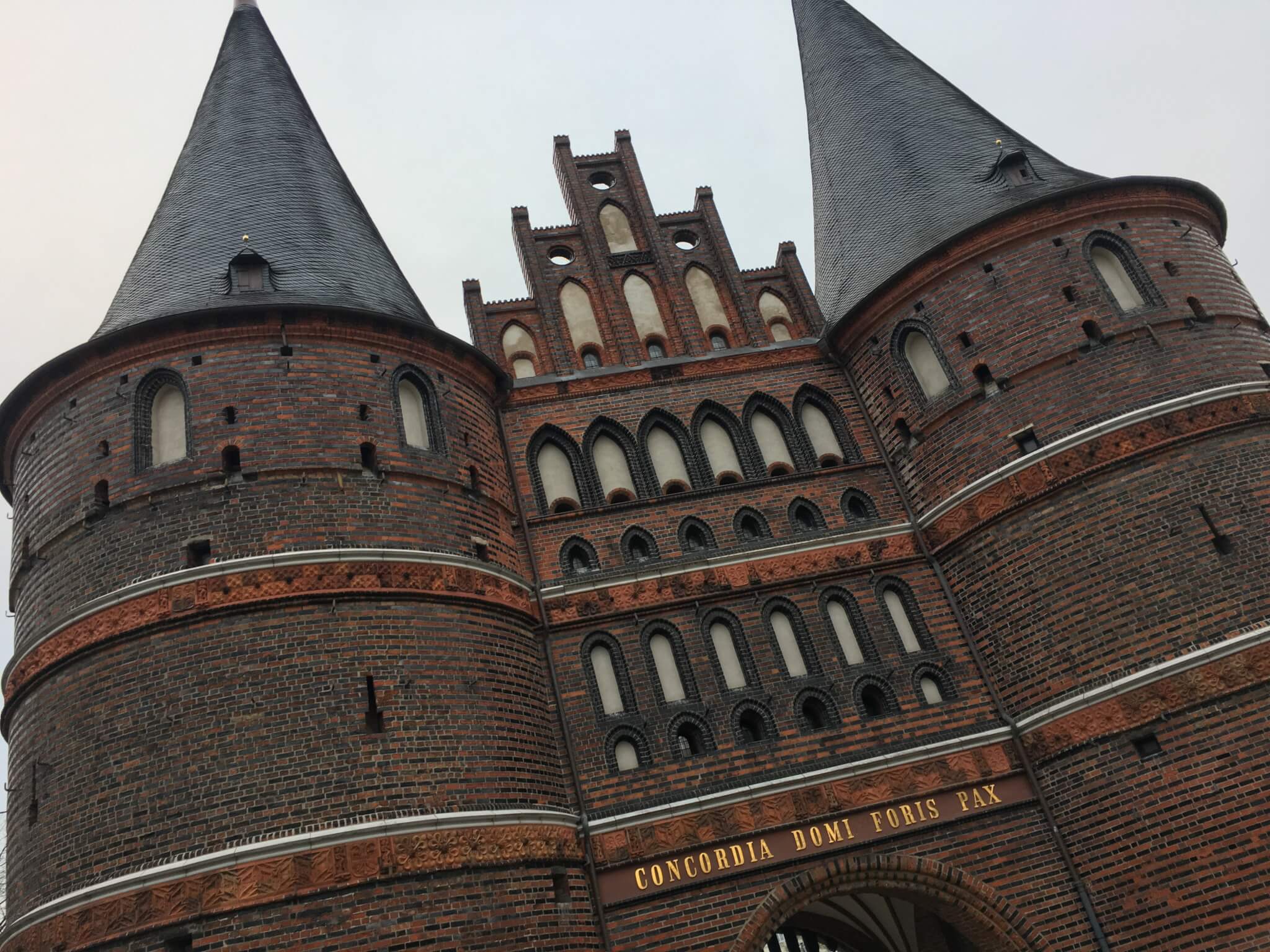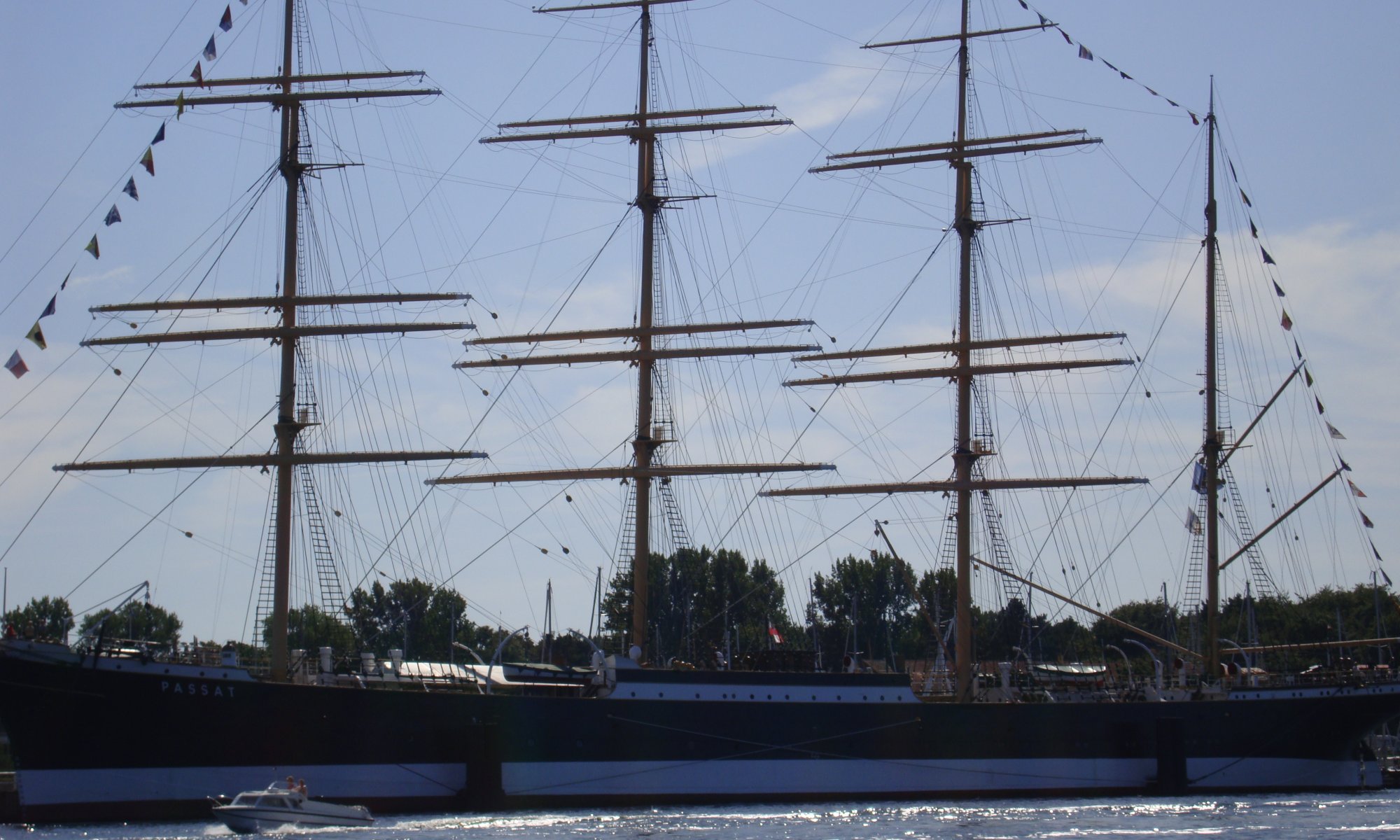The Petrikirche at Lübeck, Germany, is a nice church dating back to the year 1170 CE and is made of the typical red bricks used in this area of the country. It was destroyed during World War II and served for many years as a lapidarium – a place where stones from other religious buildings of the city were collected. The church was rebuilt only in 1987 and as all of the interior is lost it is normally not used for religious services.
Continue reading “St. Petri”Rebuilt cathedral
The Lübecker Dom is one of the richly decorated churches in the city. Its foundation stone was laid by Henry the Lion in 1137, the church was inaugurated in 1247. Formerly a Catholic church it has been converted during Protestant Reformation and it changed its appearance from a Roman to Gothic style. After a bomb partially destroyed the Dom in 1942 it needed until 1982 to restore it properly.
Continue reading “Rebuilt cathedral”Heiligen-Geist-Hospital
It is a little bit spooky but worth a visit: the Heiligen-Geist-Hospital in the city centre of Lübeck, Germany. A beautiful Gothic building made from red bricks containing a former hospital dating back to the year 1227 CE. When you enter it you will feel like in a church – there are giant religious wall paintings, a pulpit and some sculptures. You can also enter the main hall of the hospital where you can see wooden cabins that were once used to separate the ill. Hard to imagine to stay for a longer time in one of these.
Continue reading “Heiligen-Geist-Hospital”Hansemuseum
In the North of Europe everybody knows the Hanse – an association of merchants that organized itself between the 12th and the 17th century, collectively agreed on trading rules and supported each other. It began with merchants travelling together in the direction of Sweden and Russia to share knowledge and be better protected. The Hanse left many traces still visible today; especially throughout the countries along the Baltic sea. They also met regularly and most often this Hansetag happened in Lübeck – a good reason for opening a museum here.
Continue reading “Hansemuseum”The MuK
If you give a place a name as long as Musik- und Kongresshalle then it’s pretty normal that the locals will start to abbreviate. For them this concert hall and event centre opened in 1994 is simply ‘die MuK‘. Philharmonic concerts use a special room within the building, for other concerts the stage is placed in a giant foyer. A multifunctional building saves money but everything feels a little bit improvised: the windows closed with cloth hanging from the ceiling and mobile barriers (called Hamburger Gitter) needed to ensure a proper entrance check for the crowd.
Continue reading “The MuK”Sleeping at the station
The Lübecker Handelshof is a beautiful building from the year 1924 and directly attached to the main railway station of Lübeck, Germany. It is today a building protected by law and inside you will find a quite good hotel, the H+ Hotel. It is a modern hotel which is nice, well-designed and clean. For visiting the city it is in a very good position: extremely close to the railway station and it is also only a short walk to the city centre and the concert hall MuK.
Continue reading “Sleeping at the station”Ferry to Sweden
Maybe the best way to get to Sweden from Germany is to take a ferry boat. We decided for the TT-Line that goes from Travemünde, Germany to Trelleborg, Sweden. As we started near Kassel, Germany and wanted to go to Fåglfors, Sweden this meant that it was in the middle of our trip. We took a night departure that starts at 10pm and arrives at 7:30am. So we slept on board and the eight hours car ride didn’t feel as long as as it was. Continue reading “Ferry to Sweden”
Hanseatic pearl
The city of Lübeck, Germany is a very old town that became rich by trading goods. The old city center which looks like an island and is surrounded by arms of the river Trave became a UNESCO world heritage site in 1987. Famous is also a small town belonging to Lübeck: Travemünde. It is a well-known beach with a very high and ugly hotel complex directly at the shore.
A slant gate
The Holsten gate (“Holstentor“) is a city gate of Lübeck, Germany. It is located in the west of the old city center just across the river Trave. Holsten in that case means the region of Holstein, an area forming part of the German federal state of Schleswig-Holstein. The city gate is four levels high and contains today a museum about the history of the city.
The Passat
The Passat is a sailing ship named after the famous wind. It was built in 1911 and was used until 1957 and is now anchoring in the harbour of Lübeck-Travemünde, Germany. The ship is 115 meters long and was built by Blohm & Voss in Hamburg, Germany.
Continue reading “The Passat”